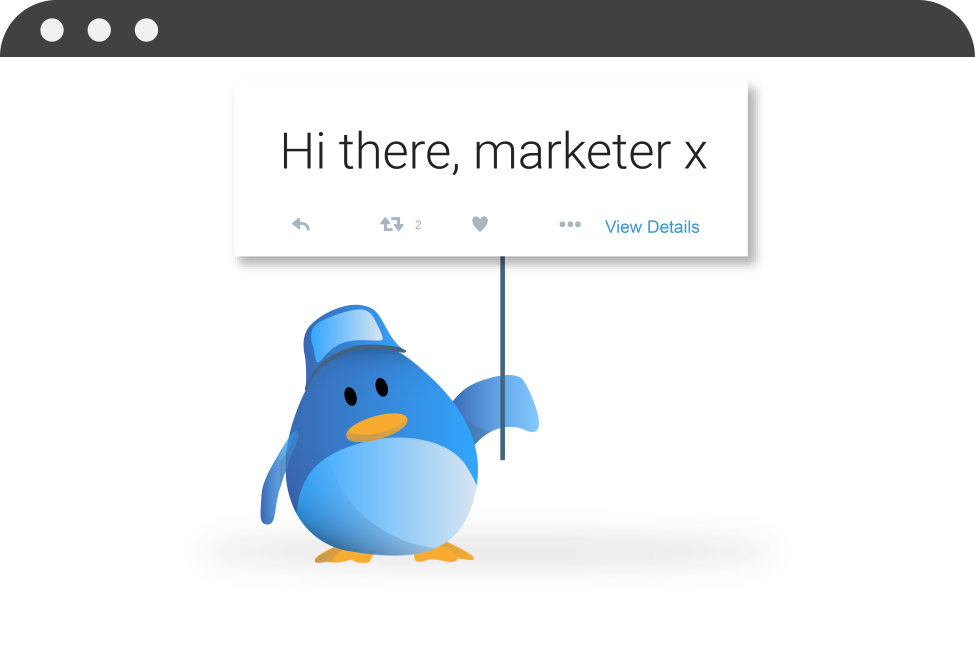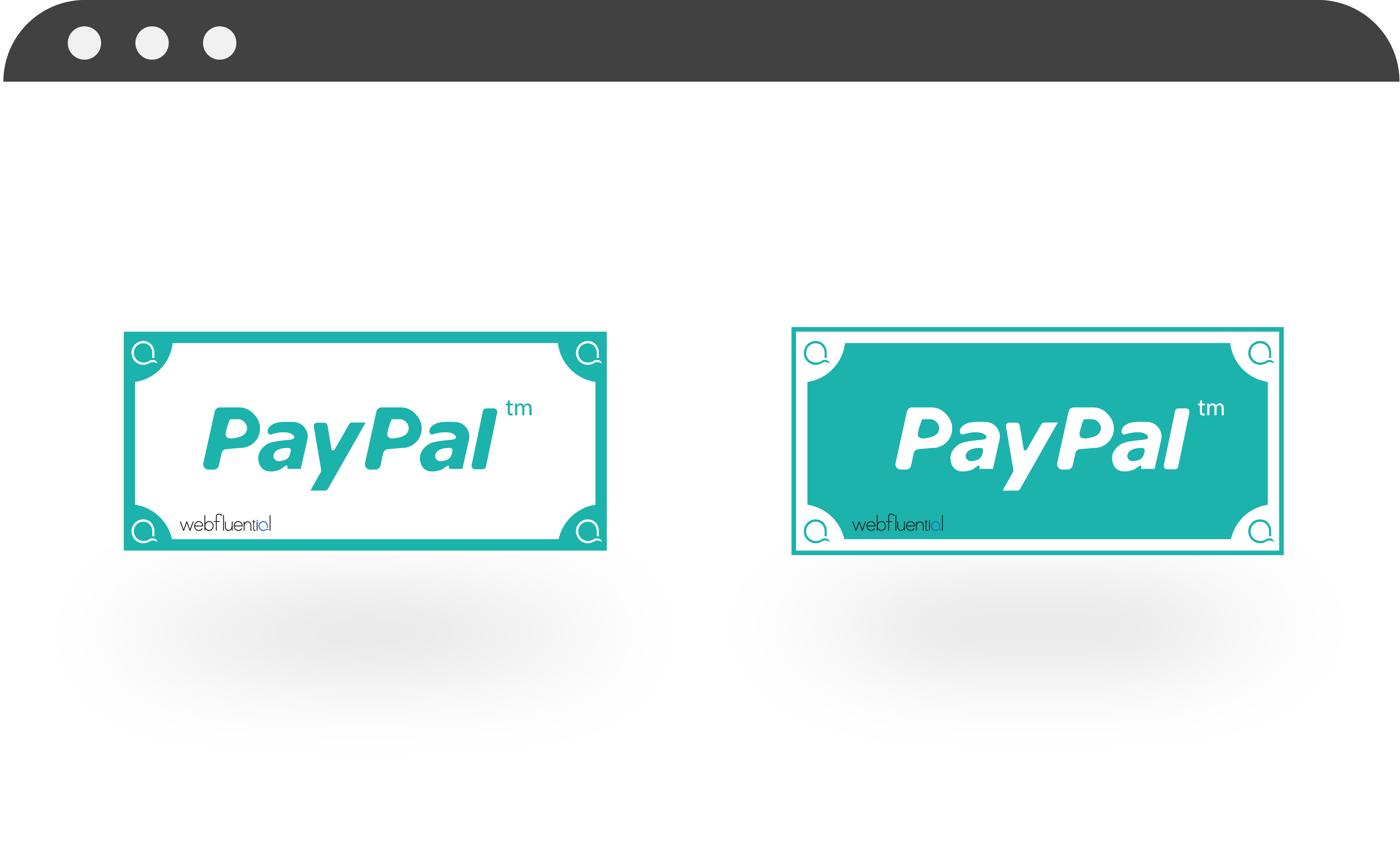May 22, 2019 10:09 am
Published by Mikyron Padayachee

Thousands of people are making a living from affiliate marketing today. According to Forrester Consulting, around 84% of publishers are making use of affiliate marketing as a means to drive revenue from their sites and content. Spending on affiliate marketing is expected to reach 7 Billion dollars by 2020.

Affiliate marketing can be defined as a performance-based business. A Brand can generate revenue by using independent marketers called affiliates. These affiliates earn a fixed commission which is paid only when sales are made, an action takes place or leads confirmed. The idea of Affiliate marketing is based on revenue sharing. Find out more about affiliate marketing here: Affiliate Marketing-The Ultimate Guide.
Influencers can be extremely successful by using Affiliate marketing. Right now most influencers rely on being ‘paid per post’ by brands, however, there is great potential for powerful influencers to take advantage of affiliate marketing. There is a way that influencers with large followings and real impact on their audience can monetize their influence.
Amazon is trying to bridge the gap between affiliate and influencer. This solution could be extremely lucrative for influencers as well as the Amazon’s marketplace. According to TechCrunch, Amazon is currently beta testing a much more targeted and finely tuned version of their affiliate program, designed specifically for influencers.
Amazon’s solution to bridging the gap between affiliate and influencer is to provide influencers with their own storefront where they can sell products that they believe in through their ‘influencer affiliate’ link to their audience. The products they sell on their store will be relatable to their audience. The influencer will only have to worry about driving traffic to their Amazon site.
Amazon’s interest in the influencer space is further proof that people buy from people they trust. And today, influencers are the ones driving purchasing decisions. While the program is still in beta testing will be very interesting to see how Amazon builds on the success of Affiliate marketing by empowering influencers to lead the charge.
Share this article
March 13, 2016 11:13 am
Published by Kirsty Sharman
This blog post was originally written by Ruan Fourie.
You work hard at building a following. Right? The biggest thrill is watching how people engage with it. How people tune in daily to read, like, share, watch and comment on the content you created. But wouldn’t it be great if you could turn this passion into a business?
Once you know how to market to your audience (your readers and followers) and understand the value of your influence, it’s only a matter of time before brands start to notice. But the tricky thing as an influencer is finding the balance between running sponsored content and keeping your fan base happy. That’s why working with the right brands is essential, that’s why at Webfluential we give our influencers the opportunity to accept or reject jobs based on the brief. But what if you don’t want to wait for the job offers to come to your Webfluential inbox? What if you want to be pro-active and pitch your influence to brands?
If you’re that kind of Blogger, YouTuber, Instagrammer, Tweeter or Facebooker then you’re in the right place! The Webfluential team have put together a foolproof guide to landing more gigs as an influencer.
Remember this: nobody is better suited at marketing your online influence than you. This is your personal brand, your followers and your community. You know what makes them tick and you know what brands they are most likely to care about.
This guide is about helping you get in front of those brands, the ones you and your audience want to work with. If you follow the process below, and genuinely believe in your content – there is no doubt that turning your passion into a business could become a reality for you.
There are four steps below. All are equally important. Good luck!
STEP 1: Find the right person to pitch to (not just anyone who works in marketing)

Blindly sending an email to the first address you find on your favourite brand’s Contact Us page, isn’t going to land you any jobs. It’s going to make sure your email goes directly to the trash folder, along with all the other unknown emails the brand receives daily. You need to reach the people who have the power to sign-off on your campaign idea, or at least get it in front of the right people.
But how do I find the contact details I need?
Use tools like Viola Norbert and social networks like LinkedIn to not only find any email addresses, but the email addresses of the right members of the marketing team for the brand you have in mind. Check their Twitter profiles to see if they share any content related to the brands you’re trying to pitch to – marketers often share content from their own campaigns. If you get lucky, they might even have a personal website or a blog that has a contact page.
Once you have two names and two email addresses of members of the marketing team, move on to the PR department. This will give you four points of contact that you must use over the next few weeks.
But wait! Don’t fire off your emails to every address you’ve found right away. Hang onto them, because here’s where your strategy kicks in.
STEP 2: Use Twitter as an ice-breaker

People are more likely to respond to an email from someone they have an association to, someone they ‘know’. The beauty of the internet is that it gives us the opportunity to ‘get to know’ the right people without really meeting them. Twitter is the perfect medium to have a casual conversation with the marketer you want to pitch your idea to.
Follow them on Twitter, and engage with one of their tweets. A couple of days after that, you’re going to email them your campaign idea. No need to be overly aggressive, a few tweets where you add genuine value to a conversation will do. No one likes a stalker. Two responses that add value in one week will make you stick in the recipient’s mind for all the right reasons. By overdoing the tweets or if you don’t add something to the conversation with your reply, you’re going to be remembered for all the wrong reasons.
The Twitter interaction simply introduces you to the marketer, so that the real introduction has already been made before you propose your campaign idea via email – it’s like making eye contact before you buy her a drink. Don’t be despondent if this process takes a week or two. Good things come to those who wait!
STEP 3: Polish your pitch, and make sure you have a CREDIBLE media kit

If you have a great idea and campaign strategy, it’s just a matter of landing it in the right inbox. Sometimes it takes a few tries but if you have the right balance of creative and persistence you might just strike it lucky!
Getting the email right is important though. Here’s what your email shouldn’t look like:

That doesn’t sound like the beginning of a mutually beneficial working relationship, does it? That sounds like an influencer pitching to a marketer that isn’t 100% credible. It makes it easy for the marketer to just hit ‘delete’.
What your introductory email should do is show what you, as a credible influencer, are capable of producing for the brand you’re pitching to. Whether you’re pitching an idea across your Blog, Facebook, Twitter, Instagram, YouTube or even Snapchat – it’s important that you get the BIG idea across in the initial mail. Marketers like to see, and feel what you’re pitching.

It’s short, it speaks about the creative idea, and it ensures the marketer knows you’re a credible source.
Tip: when you attach the outline of your campaign to the email, remember that you only have five slides to get your idea across. Five slides, that’s it. Make sure they are five slides to remember!
STEP 4: Make closing the deal as easy as possible for you, and the brand

Filling out supplier forms, getting POs and following up on invoices are all necessary steps – but they also make closing deals harder. You want to give the marketer the impression that working with you is not only going to be successful, but also simple.
One way to make it easier for brands to work with you is to use the Booked By Webfluential tool. It gives influencers complete control to take bookings anywhere, anytime, from any brand. No paperwork, no invoices, no hassles.
You control your prices, which you can change at any time, and all payments are processed via PayPal – guaranteed by Webfluential. There is a one-on-one chat function and even automated reporting after your campaign is complete.

So there you have it, four steps to land you more gigs as an influencer – we told you it was foolproof! Liked what you read? Sign up to be an influencer with Webfluential today, and get your media kit and booking form – then get pitching!

Share this article
March 9, 2016 8:58 am
Published by Kirsty Sharman

In an industry that is constantly changing and evolving, brands have no choice but to keep their marketing strategies flexible. Part of being flexible involves learning, listening to our consumers online, and adapting to the tips and tricks we learn along the way.
In the Influencer Marketing trade, who better to learn from than the influencers themselves? We get feedback and tips weekly from thousands of influencers and we’re making it our mission to share them with you – because a community who learns together, grows together.
Here are three tips from influencers that all marketers should hear.
1. Creative Freedom is a must!

Brands need to learn to let go, as scary as it sounds. Influencers have spent years building up a large engaged audience, they know best how to engage with them. By giving influencers a bit more freedom to create branded content they know will resonate with their audience, brands will achieve much higher engagement rates and end up running campaigns that consumers actually remember.
2. Set clear campaign objectives

If you work with an influencer platform that has experience in its field, it’ll be easier for you to set realistic goals. Be clear about your expectations and objectives upfront and communicate them with the influencers you’re working with. As with any successful project or campaign, planning is critical and sufficient time should be given to setting clear campaign objectives, having realistic expectations and providing enough time for your influencers to create the best content for your brand.

3. Brand presence should reflect business values, not merely product.

One of the most important factors for a successful Influencer Marketing campaign is ensuring that your brand, not just the product being mentioned, is associated with the right influencers. An example of a brand that did this incredibly well was Omega Watches with their association to James Bond. It doesn’t matter what model of Omega watch is being promoted – the association with James Bond will hold the Omega brand in a highly exclusive light for years to come.
Webfluential is building the smartest technology for brands and social influencers to connect, tell stories and positively influence consumers.
We have built relationships with thousands influencers across the globe, on multiple channels. If you’re a marketer and you’d like to explore working with influencers, register by clicking on the below button.

Share this article


















